5 Books by Columbia Faculty for Women’s History Month
Browse these titles for everything from parenting advice to the life of a Hollywood pioneer and the stories of refugees in America.
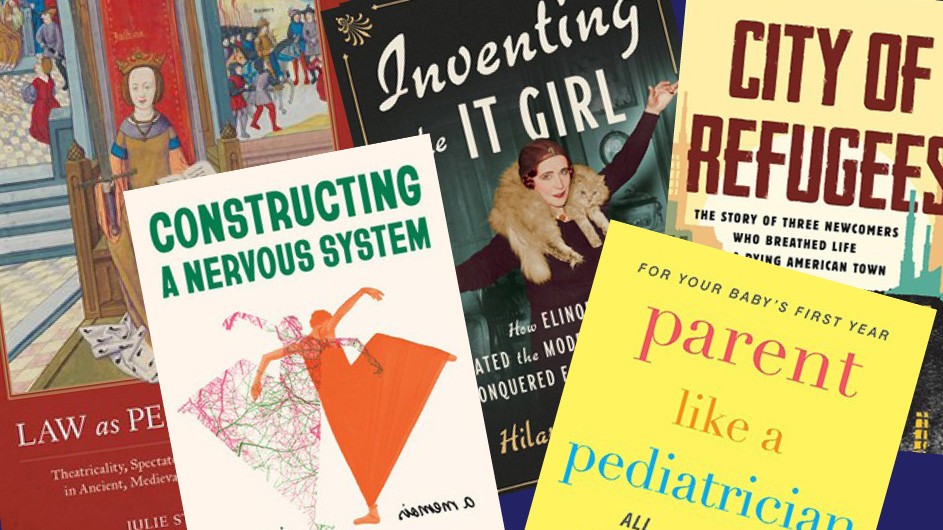
Curious about how medieval performance literally created modern law, in civic arenas, courtrooms, judges’ chambers, marketplaces, scaffolds, and streets? Or, perhaps, you’d like to know how renowned cultural critic, journalist, and professor Margo Jefferson interrogates her own past in her second memoir? If so, lean back and put your feet up, to read one or more of these books.

Parent Like a Pediatrician
By Dr. Rebekah Diamond
A pediatrician and professor of pediatrics at Columbia University Irving Medical Center and NewYork-Presbyterian Hospital—and a mother—Diamond provides expert guidance to new parents on making the right choices for the first 12 months of their child’s life. In Parent Like a Pediatrician, with authoritative, up-to-date research and real-world advice on the myriad obstacles facing moms, dads, and caregivers, Diamond empowers the best parental instincts. From safe-sleep guidelines and breastfeeding to sensory developmental activities, baby products, and vaccinations, she helps parents navigate both the stressful and joyful early months of a baby’s life.
Read a Columbia News interview with Dr. Diamond about Parent Like a Pediatrician.
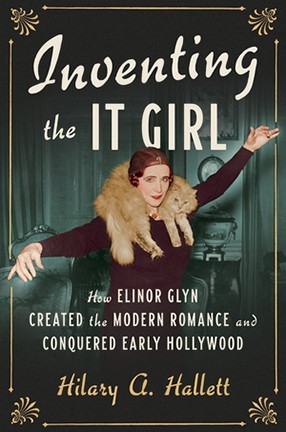
Inventing the It Girl: How Elinor Glyn Created the Modern Romance and Conquered Early Hollywood
By Hilary Hallett
Unlike typical romances, which end with wedding bells, the story of Elinor Glyn (1864–1943) began after her marriage foundered. Like most Victorian women, she aspired only to a good match. But when her husband, Clayton Glyn, gambled their fortune away, she turned to writing, and boldly challenged the era’s sexually straightjacketed literary code with her notorious bestseller, Three Weeks (1907), an erotic tale about an unhappily married woman’s sexual education of her young lover. In Inventing the It Girl, Hallett, professor of history and Mendelson Family Professor of American Studies, traces Glyn’s meteoric rise from a depressed British society darling to a renowned celebrity author who consorted with world leaders from St. Petersburg to Cairo to New York; reported from the trenches during World War I; and ended up in Los Angeles during the 1920s, where she became a successful screenwriter and director, and coined the term, “It Girl.”
Read a Columbia News interview with Professor Hallett about Inventing the It Girl.
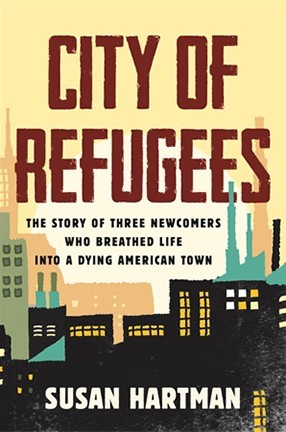
City of Refugees: The Story of Three Newcomers Who Breathed Life into a Dying American Town
By Susan Hartman
Many Americans imagine refugees as threatening outsiders who will steal jobs or be a drain on the economy. But across the country, refugees are rebuilding and maintaining the American Dream. In City of Refugees: The Story of Three Newcomers Who Breathed Life into a Dying American Town, journalist Susan Hartman (SOA’76), an adjunct professor of writing at the School of the Arts, shows how an influx of refugees helped revive Utica, New York, an old upstate manufacturing town that was nearly destroyed by depopulation and arson. Hartman follows three of these newcomers over the course of eight years, as they and their families adjust to new lives in America. There's Sadia, a Somali Bantu teenager who rebels against her formidable mother; Ali, an Iraqi translator who creates a home with a divorced American woman, but is still traumatized by war; and Mersiha, a Bosnian who wants to open a café.
Read a Columbia News interview with Professor Hartman about City of Refugees.
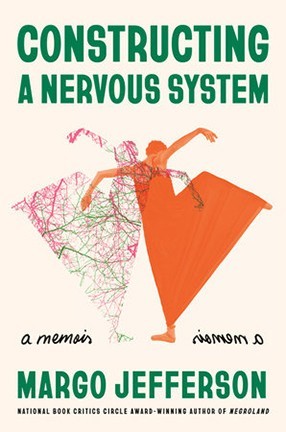
Constructing a Nervous System
By Margo Jefferson
In Constructing a Nervous System, Jefferson, who teaches in the School of the Arts’ Writing Program, shatters herself into pieces and recombines them. She fuses the criticism that she is known for, fragments of the family members she grieves for, and signal moments from her life, as well as the words of those who have peopled her past and accompanied her in her solitude. Included are Bing Crosby and Ike Turner, the sounds of a jazz record, W.E.B. Du Bois and George Eliot, the muscles and movements of a ballerina and those of an Olympic runner. The result is a work defined by fractures and dissonance, and a persistent searching. Jefferson interrogates her own self as well as the act of writing memoir, and probes the fissures at the center of American cultural life.
Read a Columbia News interview with Professor Jefferson about Constructing a Nervous System.
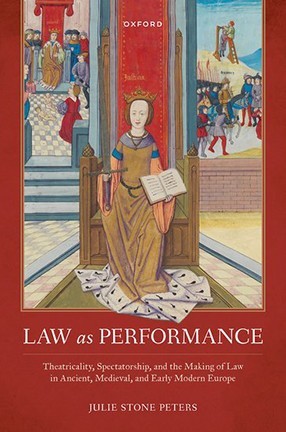
Law as Performance: Theatricality, Spectatorship, and the Making of Law in Ancient, Medieval, and Early Modern Europe
By Julie Stone Peters
In 1573, the King of France staged a trial between two celebrity lawyers as entertainment for visiting Polish ambassadors. The case—about a priest in disguise, his bastard son, and some greedy relatives—sounds like an improbable law school hypothetical, but turns out to have been a real case. The most flamboyant of the two lawyers won, and the verdict served as legal precedent. In Law as Performance: Theatricality, Spectatorship, and the Making of Law in Ancient, Medieval, and Early Modern Europe, Peters, the H. Gordon Garbedian Professor of English and Comparative Literature (LAW’97), traces the history of legal performance. She investigates how performance literally created law, in civic arenas, courtrooms, judges’ chambers, marketplaces, scaffolds, and streets. In doing so, Peters recovers a largely overlooked, but profoundly influential tradition of jurisprudential thought about law as a performance practice.
Read a Columbia News interview with Professor Peters about Law as Performance.